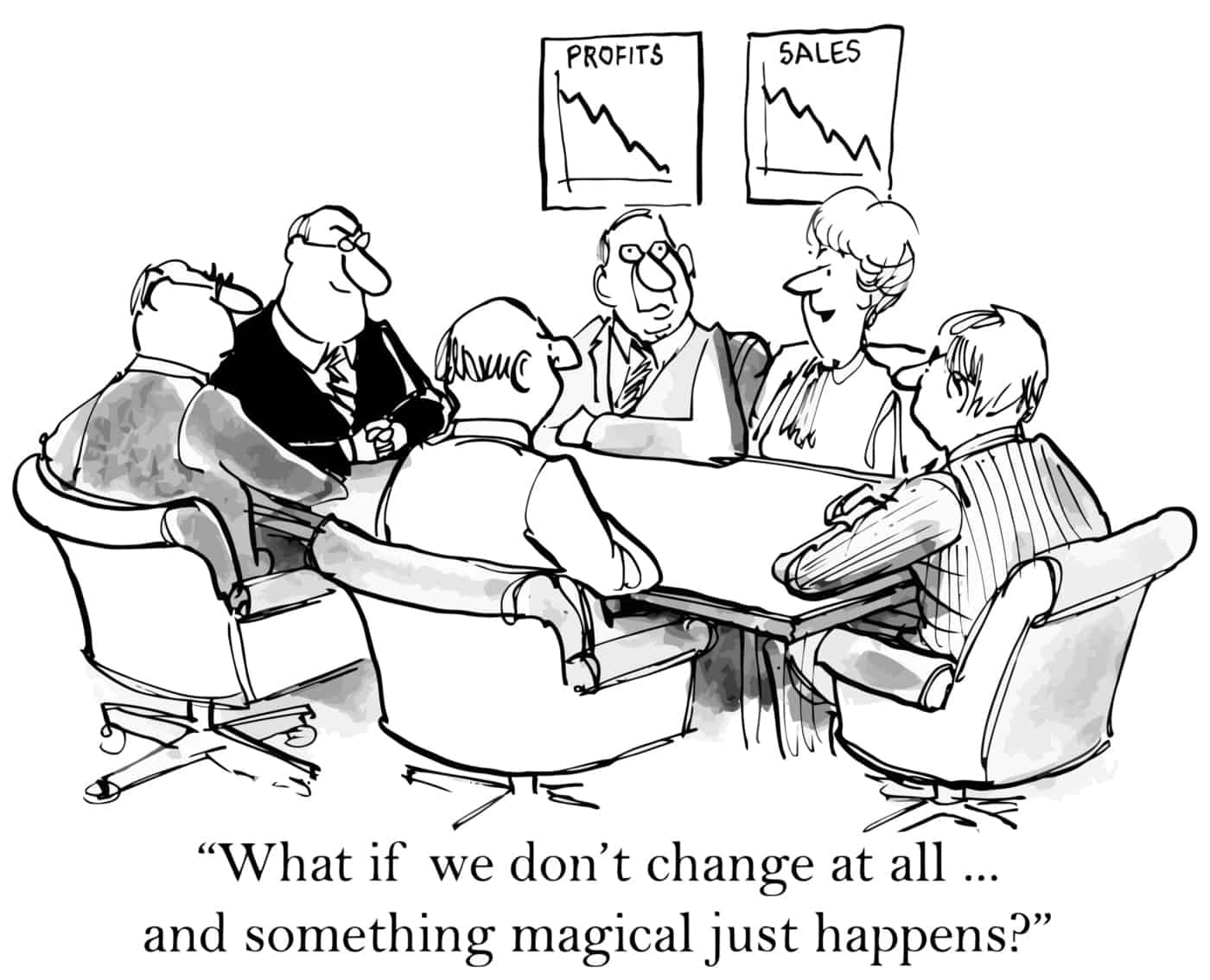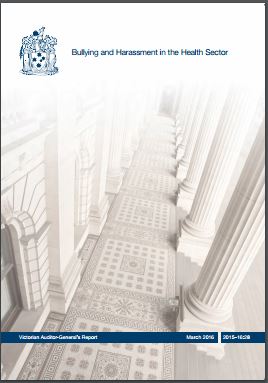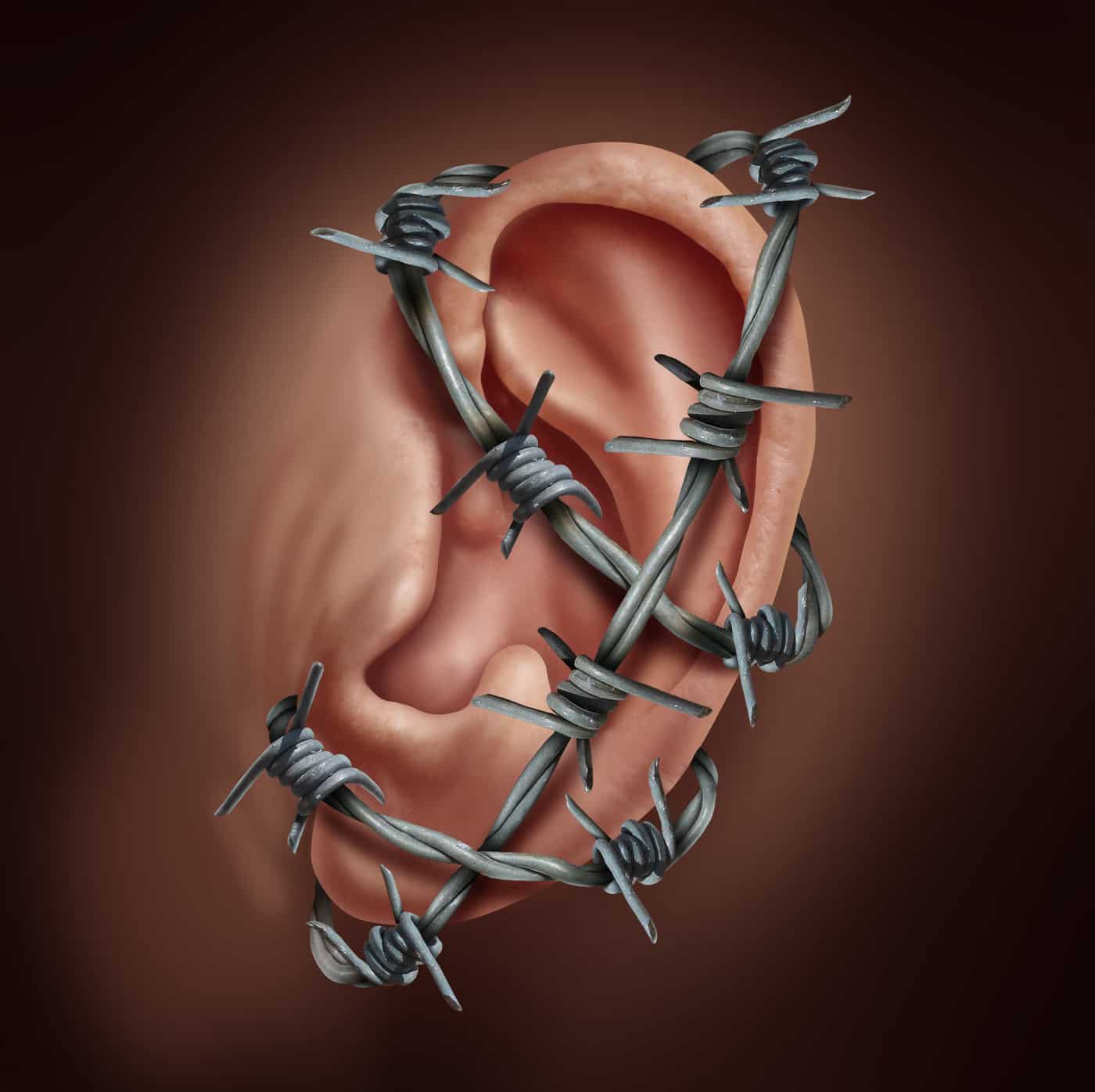 I have purchased Kevin Burns’ book “PeopleWork” after receiving an email promotion but before I did I followed the link to his website and watched an embedded video where Kevin says:
I have purchased Kevin Burns’ book “PeopleWork” after receiving an email promotion but before I did I followed the link to his website and watched an embedded video where Kevin says:
“At no time in history have there been better processes and procedures in workplace safety and at no time in history have there been more certified safety professionals but at the same time the number of workplace incidents keep rising across the board.”
Any salesman is allowed some hyperbole but the last point does not stack up and is a bit confusing. For instance workplace fatalities have been declining in Australia for some decades but new work-related hazards are being acknowledged and existing hazards that were once dismissed are now being addressed. The number of certified occupational health and safety (OHS) professionals is irrelevant as the laws have existed for much longer and it is the laws with which employers must comply, not the advice of the OHS professional.
But Kevin Burns talks specifically about the number of workplace incidents and this is almost impossible to quantify.
Just after I purchased Kevin’s book I received a research paper entitled “


 Fatigue and impairment are two of the most difficult workplace hazards to address. These are further complicated when they are contextualised in workplace mental health. So it is concerning when an entrepreneur produces a product that is meant to help address mental fatigue but that may also mask occupational health and safety (OHS) actions that are required to provide truly sustainable workplace improvement.
Fatigue and impairment are two of the most difficult workplace hazards to address. These are further complicated when they are contextualised in workplace mental health. So it is concerning when an entrepreneur produces a product that is meant to help address mental fatigue but that may also mask occupational health and safety (OHS) actions that are required to provide truly sustainable workplace improvement. The research study conducted by David Moore and others was focusing on “lifetime leisure music exposure” so workplace noise is mentioned in the report only in passing.
The research study conducted by David Moore and others was focusing on “lifetime leisure music exposure” so workplace noise is mentioned in the report only in passing.
 injury or death. The reasons given are almost always social ones, external to the workplace. A
injury or death. The reasons given are almost always social ones, external to the workplace. A